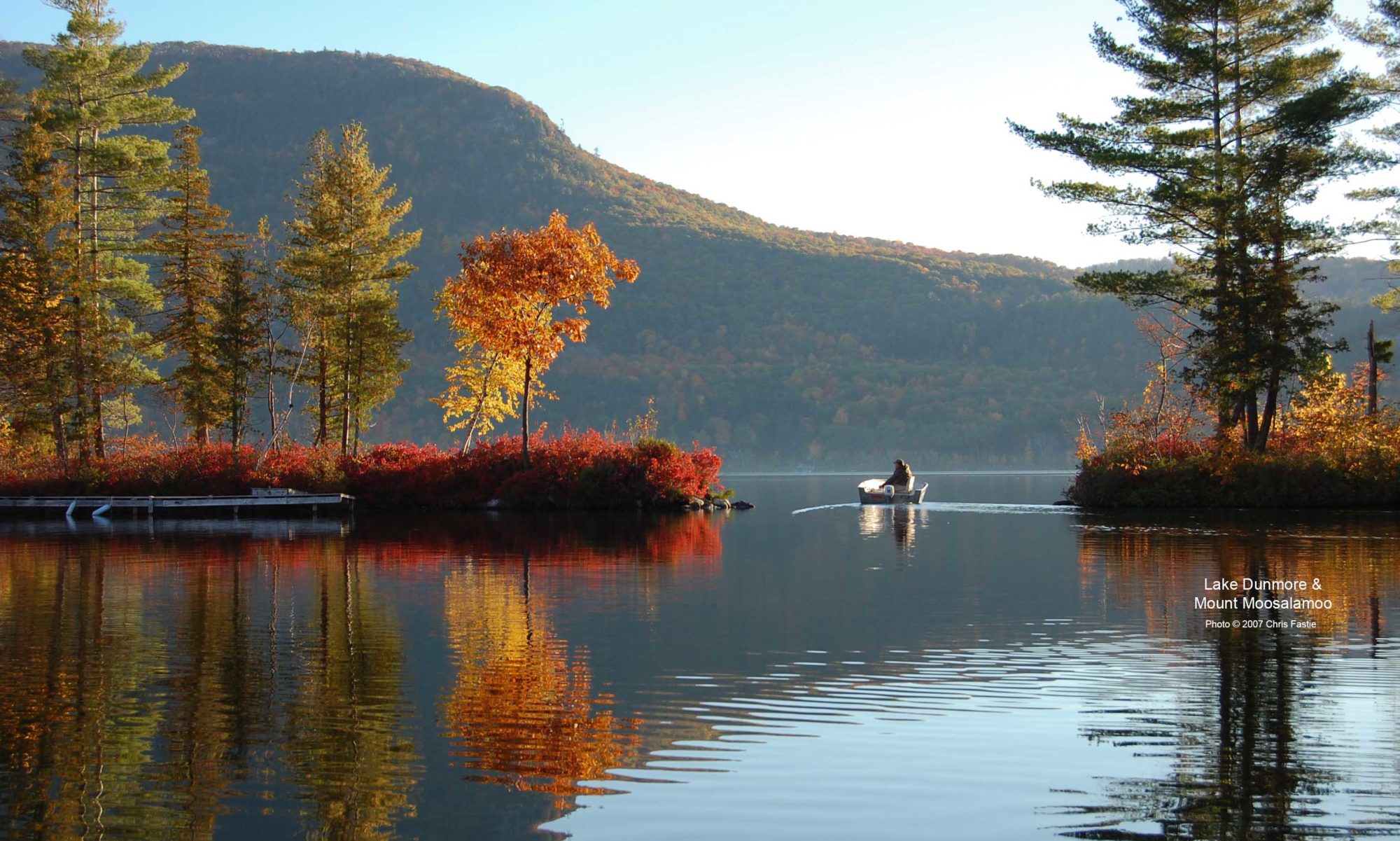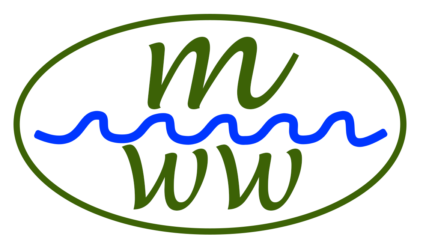There has been a good recent discussion on Front Porch Forum about mosquito control in the Brandon Leicester Salisbury Goshen area. The discussion reveals a common sentiment in the community that mosquitoes in the BLSG District were much worse before BLSG mosquito control began. This idea is then associated with another idea, that BLSG’s activities are responsible for the improvement. Here are a few things to keep in mind when evaluating these claims.
Are there fewer mosquitoes now?
There isn’t any scientific evidence that mosquitoes are less numerous in the District now than they were in any previous decade because nobody has collected data that could answer that question. It is certainly possible that mosquitoes were worse in the past than they are now. Everyone has stories about particular times when there were a lot of mosquitoes, and particular months were very bad (ask Governor Kunin about June 1989).
We hear fewer stories about summers without so many mosquitoes but that doesn’t necessarily mean there were always lots of mosquitoes. It is likely that the absence of mosquitoes in some years does not create the vivid memories that buggy years do. It would be good to find someone with journal entries or some other record that spanned a couple of decades and provided some evidence for changes in mosquito numbers. Until then, there are a few other pieces of information that might shed some light on the veracity of the anecdotes.
BLSG’s history
The Lake Dunmore Fern Lake Association presents the following history of mosquito control around the lakes:
“Mosquito control efforts were started in the 1960s by the Lake Association. Debbie Britten, Executive Secretary/Treasure began the operation. Heydon Hooker drove the spray truck over every road at both lakes. This process continued into the 1970’s when Virginia Wolf took over as Executive Secretary/Treasure….In those days, the chemical used was DDT.
According to the BLSG website, BLSG got its start in 1979, 10 years before Governor Kunin was carried away by mosquitoes.
So there has been roadside spraying of pesticides around Lake Dunmore since the 1960s, and some of our collective memories of horrible mosquito years are from these times when roads were already being sprayed. If we are trying to make an argument that BLSG activity has reduced mosquito density we will have to pin down our memories of the buggiest years and determine whether they date to years before roadside spraying was happening. Unless your memories are from the 1950s or early 1960s, they can’t support the idea that BLSG’s spraying has made any difference.
2004 and 2005
There were a lot of mosquitoes in 2004 and 2005. I remember hearing that the only way to swim in Lake Dunmore was to run out of your house and keep running until you were under water. BLSG was in full operation then and using more or less the same chemicals and equipment it is using now. That fact is hard to reconcile with the idea that BLSG activities reliably eliminate the nuisance of mosquitoes.

Lake Dunmore’s history
Before anyone was spraying poisons around Lake Dunmore, people had enjoyed summer recreation there for more than 100 years. Here is a list of the major hotels on Lake Dunmore and approximately when they operated:
- Lake Dunmore House 1854-1877
- Second Lake Dunmore House 1878-1906
- Mountain Spring Hotel (Lake Dunmore Hotel) 1892-1957
- Cascade House 1895-1919
- Moosalamoo Park House 1902-1960s
These hotels were successful for decades because people came from all over the east coast to fish, hike, boat, swim, and sit on the huge open porches. There were no chemical insecticides during most of this period. This history is not compatible with the idea that summer life in Salisbury and Leicester is tolerable only when BLSG is spraying pesticides every week.

In the twentieth century, tourism shifted away from big hotels to camping and summer cottages. Keewaydin Camp has been in operation since 1910, and by 1969 there were summer campers at Branbury State Park, Waterhouses, and Kampersville. More than 400 private cottages and houses were built on Lake Dunmore in the twentieth century because it is a spectacular place to swim, boat, fish, hike and live. This history includes no indication that prior to BLSG, mosquitoes made Lake Dunmore an intolerable place to live or enjoy outdoor activity. It indicates just the opposite, that mosquitoes probably ruined the summer fun at Lake Dunmore very rarely.
What will happen in Pittsford?
In 2018 Pittsford joined the BLSG District and spray routes there received roadside ULV adulticide treatment for the first time. According to the common local anecdotes, mosquito populations in Pittsford should soon plummet from horrendous to acceptable. Instead, there will probably be so little difference between before and after that someone would have to carefully collect data to detect it. It’s too late now to get those before data, but it would nonetheless be good to hear from people in Pittsford about any changes they experience.
What should we conclude?
There is every indication that people enjoyed outdoor activity and that tourism thrived in the BLSG District for a century before any mosquito control was done. There is no evidence that mosquito density changes very much after BLSG sprays the lake routes once or twice a month as they did in 2018. So there is very weak support for the argument that BLSG spraying is the only thing that prevents mosquitoes from ruining life in the District.

